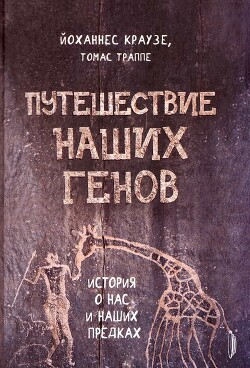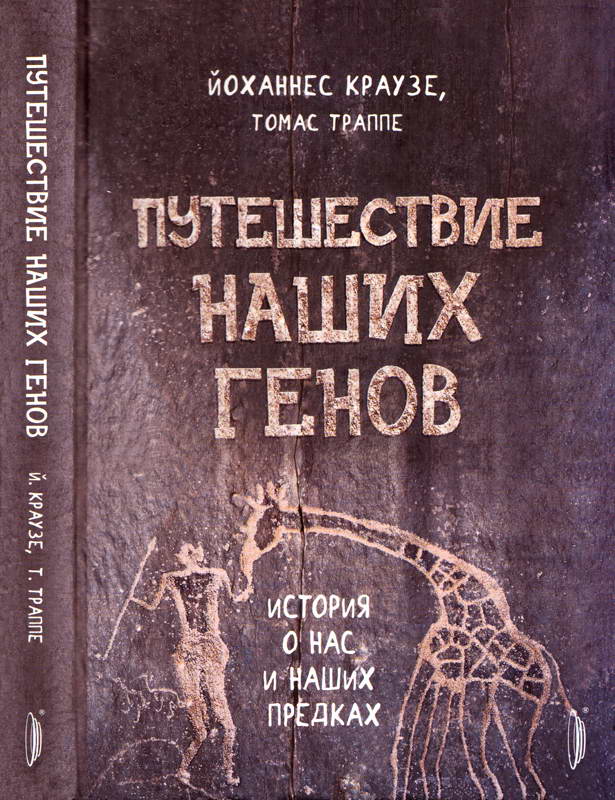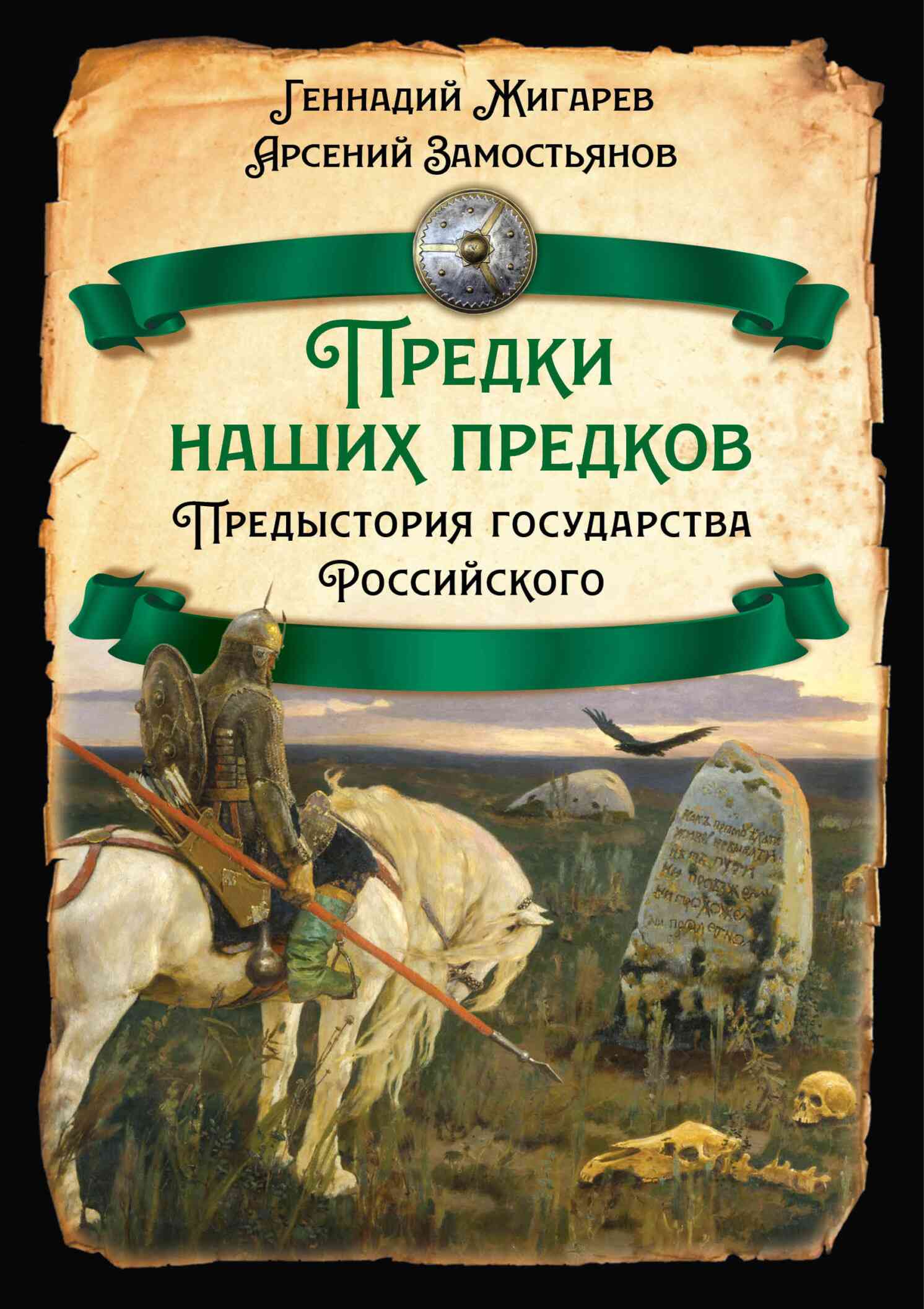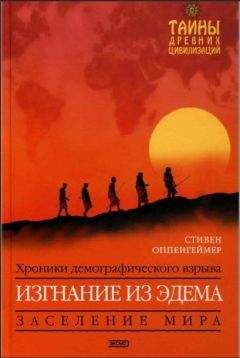Глава шестая
1. Haspelmath, М., M. S. Dryer, and D. Gil, The World Atlas of Language Structures. 2005, Oxford Linguistics.
2. Gray, R. D., Q. D. Atkinson, and S. J. Greenhill, Language evolution and human history: what a difference a date makes. Philos Trans R Soc Lond В Biol Sci, 2011. 366(1567): p. 1090–100.
3. Renfrew, C., Archaeology and Language: The Puzzle of Indo-European Origins. 1987: Cambridge University Press.
4. Gray, R. D. and Q. D. Atkinson, Language-tree divergence times support the Anatolian theory of Indo-European origin. Nature, 2003. 426(6965): p. 435–9.
5. Gimbutas, M. Culture Change in Europe at the Start of the Second Millennium В. C. A Contribution to the In-do-European Problem. In: Fifth International Congress of Anthropological and Ethnological Sciences. 1956. Philadelphia.
6. Kontler, L., Millennium in Central Europe: A History of Hungary. 1999: Atlantisz Publishing House.
7. Narasimhan, V., et al., The Genomic Formation of South and Central Asia. bioRxiv 2018. 292581.
8. Wang, С. C., et al., The genetic prehistory of the Greater Caucasus. bioRxiv 2018. 322347.
9. Jones, E. R., et al., Upper Palaeolithic genomes reveal deep roots of modern Eurasians. Nat Commun, 2015. 6: p. 8912.
Глава седьмая
1. Fokkens, H. and A. Harding, The Oxford Handbook of the European Bronze Age. 2013: Oxford University Press.
2. Anthony, D. W., The Horse, the Wheel, and Language: How Bronze-Age Riders from the Eurasian Steppes Shaped the Modern World. 2007: Princeton University Press.
3. Risch, R. Fin Klimasturz als Ursache fur den Zerfall der alten Welt. In: 7. Mitteldeutscher Archäologentag 2014. Halle (Saale), Germany: Landesamt f. Denkmalpflege u. Archao-logie Sachsen-Anhalt.
4. Knipper, C., et al., A distinct section of the Early Bronze Age society? Stable isotope investigations of burials in settlement pits and multiple inhumations of the Unetice culture in central Germany. Am J Phys Anthropol, 2016. 159(3): p. 496–516.
5. Knipper, C., et al., Female exogamy and gene pool diversification at the transition from the Final Neolithic to the Early Bronze Age in central Europe. Proc Natl Acad Sci USA, 2017. 114(38): p. 10083–10088.
6. Mittnik, A., et al., Kinship-based social inequality in Bronze Age Europe. Unpublished, 2019.
7. Maran, J. and P. Stockhammer, Appropriating Innovations: Entangled Knowledge in Eurasia, 5000–1500 BCE 2017: Oxbow Books.
8. Hofmanova, Z., et al., Early farmers from across Europe directly descended from Neolithic Aegeans. Proc Natl Acad Sci USA, 2016. 113(25): p. 6886–91.
9. Meller, H., M. Schefzik, and P. Ettel, Krieg — eine archäologische Spurensuche. 2015: Theiss, in Wissenschaftliche Buchgesellschaft.
10. Lidke, G., T. Terberger, and D. Jantzen, Das bronzezeitliche Schlachtfeld im Tollensetal — Krieg, Fehde oder Elitenkonflikt? In: Krieg — eine archäologische Spurensuche, H. Meller and M. Schefzik, Editors. 2015: Theiss, in Wissenschaftliche Buchgesellschaft.
11. Schiffels, S., et al., Iron Age and Anglo-Saxon genomes from East England reveal British migration history. Nat Commun, 2016. 7: p. 10408.
12. Risch, R., et al., Vorwort der Herausgeber. In: 2200 BC — Ein Klimasturz als Ursache fur den Zerfall der Alten Welt? 2015: Landesamt fur Denkmalpflege und Archäologie Sachsen-Anhalt.
13. Weiss, H., Megadrought, collapse, and resilience in late 3rd millenium BC Mesopotamia. In: ebd.
Глава восьмая
1. Little, L. К., Plague and the end of antiquity: the pandemic of 541–750. 2007: Cambridge University Press.
2. Bos, К. I., et al., Eighteenth century Yersinia pestis genomes reveal the long-term persistence of an historical plague focus. Elife, 2016. 5: p. el2994.
3. Bos, К. I., et al., Parallel detection of ancient pathogens via array-based DNA capture. Philos Trans R Soc Lond В Biol Sci, 2015. 370(1660): p. 20130375.
4. Bos, К. I., et al., A draft genome of Yersinia pestis from victims of the Black Death. Nature, 2011. 478(7370): p. 506–10.
5. Bos, К. I., et al., Yersinia pestis: New Evidence for an Old Infection. PLoS One, 2012. 7(11): p. e49803.
6. Du Toit, A., Continued risk of Ebola virus outbreak. Nat Rev Microbiol, 2018. 16(9): p. 521.
7. Rasmussen, S., et al., Early divergent strains of Yersinia pestis in Eurasia 5,000 years ago. Cell, 2015. 163(3): p. 571–82.
8. Achtman, M., et al., Yersinia pestis, the cause of plague, is a recently emerged clone of Yersinia pseudotuberculosis. Proc Natl Acad Sci USA, 1999. 96(24): p. 14043-8.
9. Allocati, N., et al., Bat-man disease transmission: zoonotic pathogens from wildlife reservoirs to human populations. Cell Death Discov, 2016. 2: p. 16048.
10. Armelagos, G. J. and K. Barnes, The evolution of human disease and the rise of allergy: Epidemiological transitions. Medical Anthropology: Cross Cultural Studies in Health and Illness, 1999. 18(2).
11. Armelagos, G. J., A. H. Goodman, and К. H. Jacobs, The origins of agriculture: Population growth during a period of declining health. Population and environment, 1991. 13: p. 9–22.
12. Omran, A. R., The epidemiologic transition. A theory of the epidemiology of population change. Milbank Mem Fund Q, 1971. 49(4): p. 509–38.
13. Gage, K. L. and M. Y. Kosoy, Natural history of plague: perspectives from more than a century of research. Annu Rev Entomol, 2005. 50: p. 505–28.
14. Benedictow, O. J., The Black Death, 1346–1353: The complete history. 2004: Boydell & Brewer.
15. Hinnebusch, B. J., C. O. Jarrett, and D. M. Bland, «Fleaing» the Plague: Adaptations of Yersinia pestis to Its Insect Vector That Lead to Transmission. Annu Rev Microbiol, 2017. 71: p. 215–232.
16. Hinnebusch, B. J. and D. L. Erickson, Yersinia pestis biofilm in the flea vector and its role in the transmission of plague. Curr Top Microbiol Immunol, 2008. 322: p. 229–48.
17. Wiechmann, I. and G. Grupe, Detection of Yersinia pestis DNA in two early medieval skeletal finds from Aschheim (Upper Bavaria, 6th century A. D.). Am J Phys Anthropol, 2005. 126(1): p. 48–55.
18. Vagene, A. J., et al., Salmonella enterica genomes from victims of a major sixteenth-century epidemic in Mexico. Nat Ecol Evol, 2018. 2(3): p. 520–528.
19. Andrades Valtuena, A., et al., The Stone Age Plague and Its Persistence in Eurasia. Curr Biol, 2017. 27(23): p. 3683–3691 e8.
20. Rascovan, N., et al., Emergence and Spread of Basal Lineages of Yersinia pestis during the Neolithic Decline. Cell, 2018.
21. Hymes, R., Epilogue: A Hypothesis on the East Asian Beginnings of the Yersinia pestis Polytomy. The Medieval Globe, 2016. 1(12).
22. Yersin, A., Sur la peste bubonique (serotherapie). Ann Inst Pasteur, 1897. 11: p. 81–93.
23. Bergdolt, К., Uber die Pest. Geschichte des Schwarzen Tods. 2006: С. H. Beck.
24. Keller, M., et al., Ancient Yersinia pestis genomes from across Western Europe reveal early diversification during the First Pandemic (541–750). bioRxiv 2018. 481226.
25. Wheelis, М., Biological warfare at the 1346 siege of Caffa. Emerg Infect Dis, 2002. 8(9): p. 971–5.
26. Schulte-van Pol, K., D-Day 1347: Die Invasion des Schwarzen Todes., in Die Zeit. 1997.
27. Buntgen, U., et al., Digitizing historical plague. Clin Infect Dis, 2012. 55(11): p. 1586–8.
28. Spyrou, M. A., et al., Historical Y. pestis Genomes Reveal the European Black Death as the Source of Ancient and Modern Plague Pandemics. Cell Host Microbe, 2016. 19(6): p. 874–81.
29. Spyrou, M. A., et al., A phylogeography of the second plague pandemic revealed through the analysis of historical Y. pestis genomes. bioRxiv. 481242.





